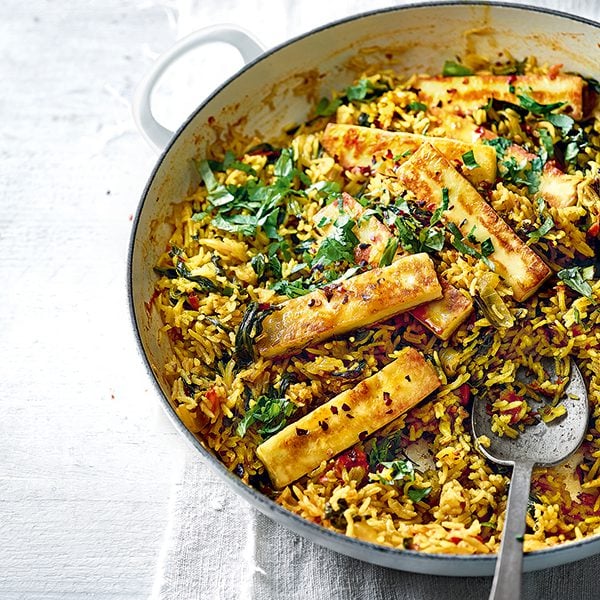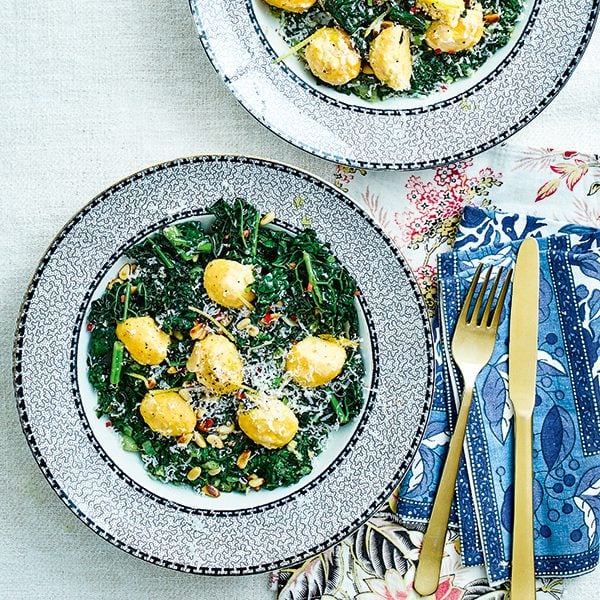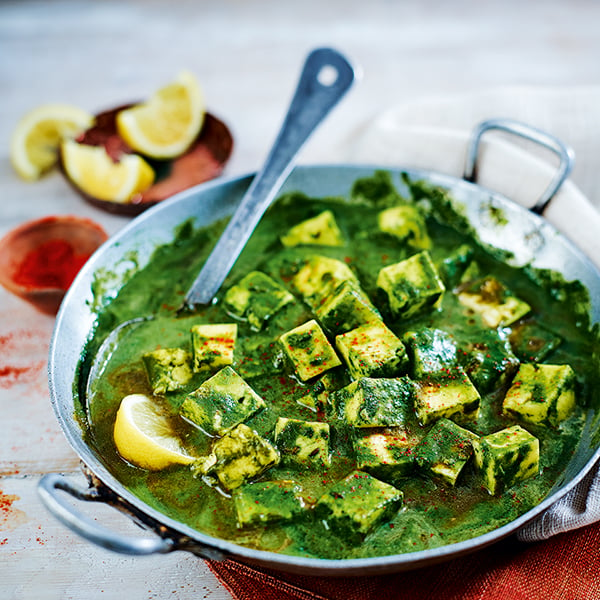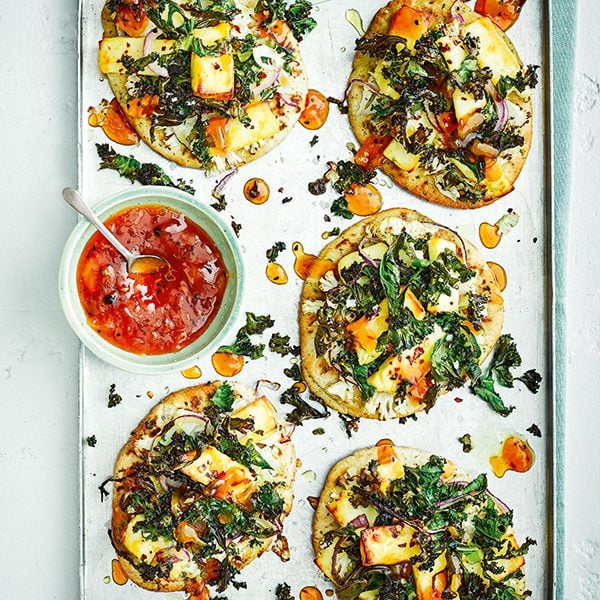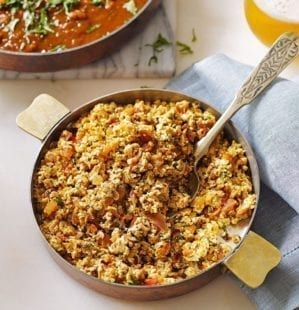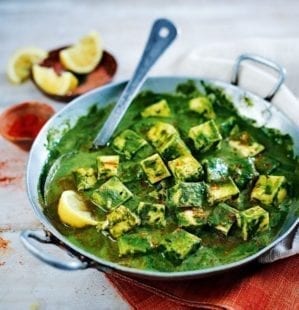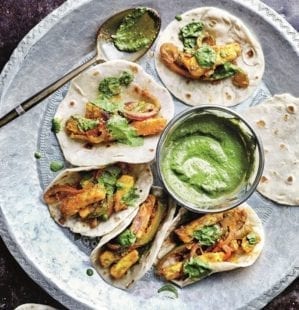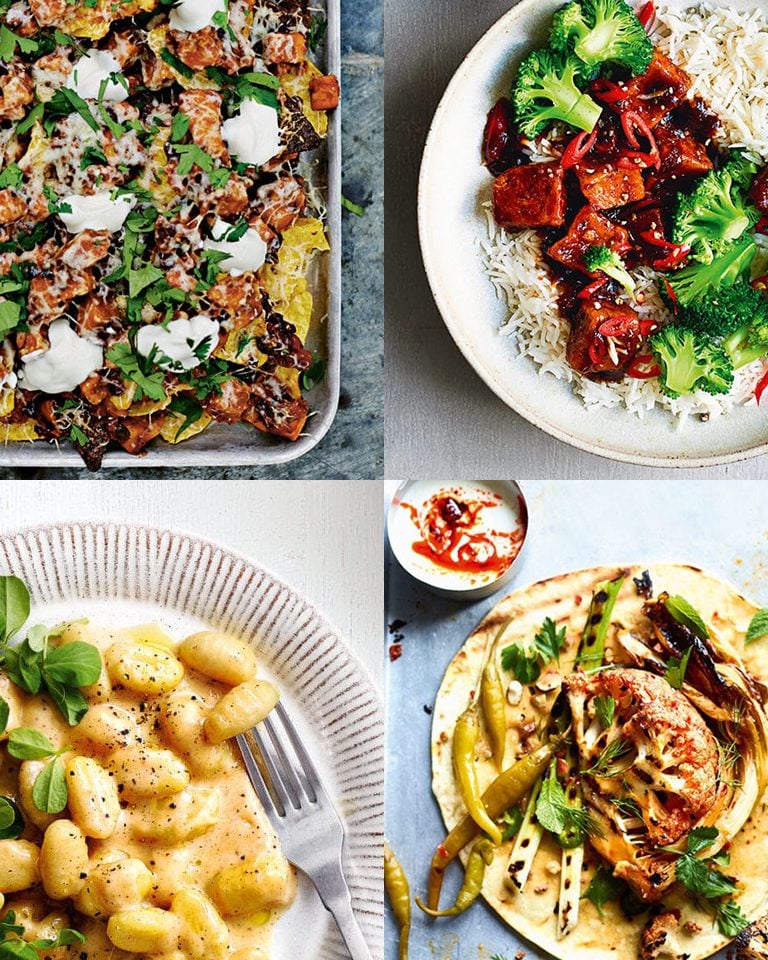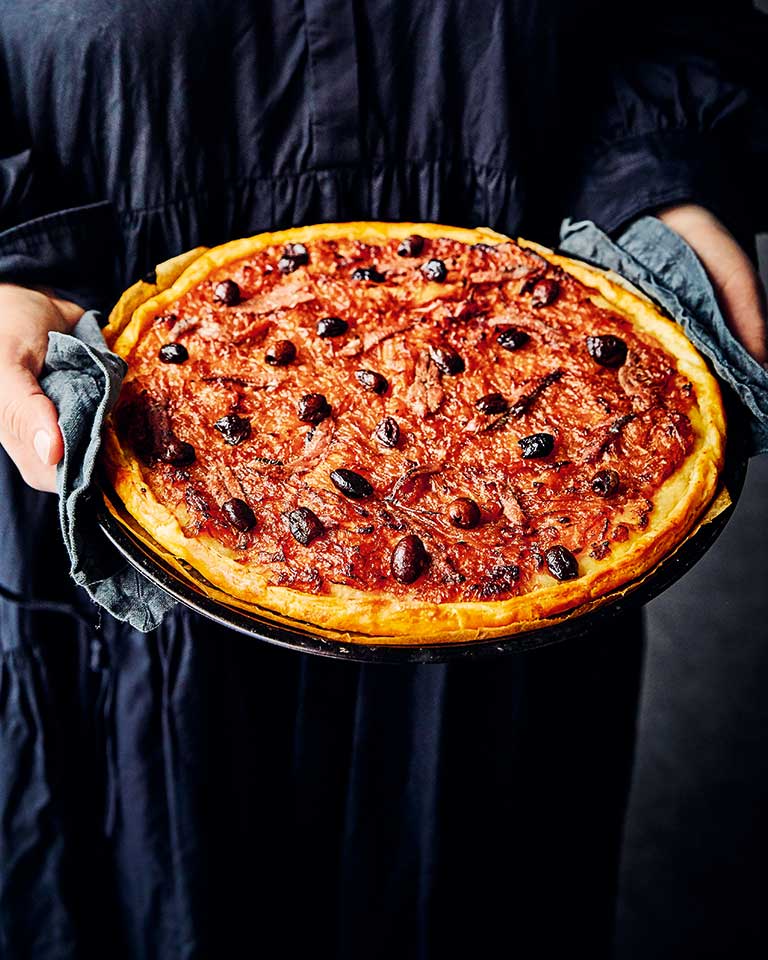Discover 11 budget paneer recipes that’ll shake up your weekly rotation
We love paneer! An inexpensive source of protein, paneer can be bought for as little as £2 per block and can be used in so many ways. We love it in stir fries and curries, bhurji and pulao. It’s moreish and, like its popular Greek cousin halloumi, it takes so well to frying.
Paneer is milky and mild and is usually made by heating cow’s milk and then curdling it using an acid like lemon juice before pressing the curds into a solid. Making your own is fun, but the shop-bought stuff is just as tasty. We offer tips for how to get the most from it below, plus 13 recipes to try with a packet.
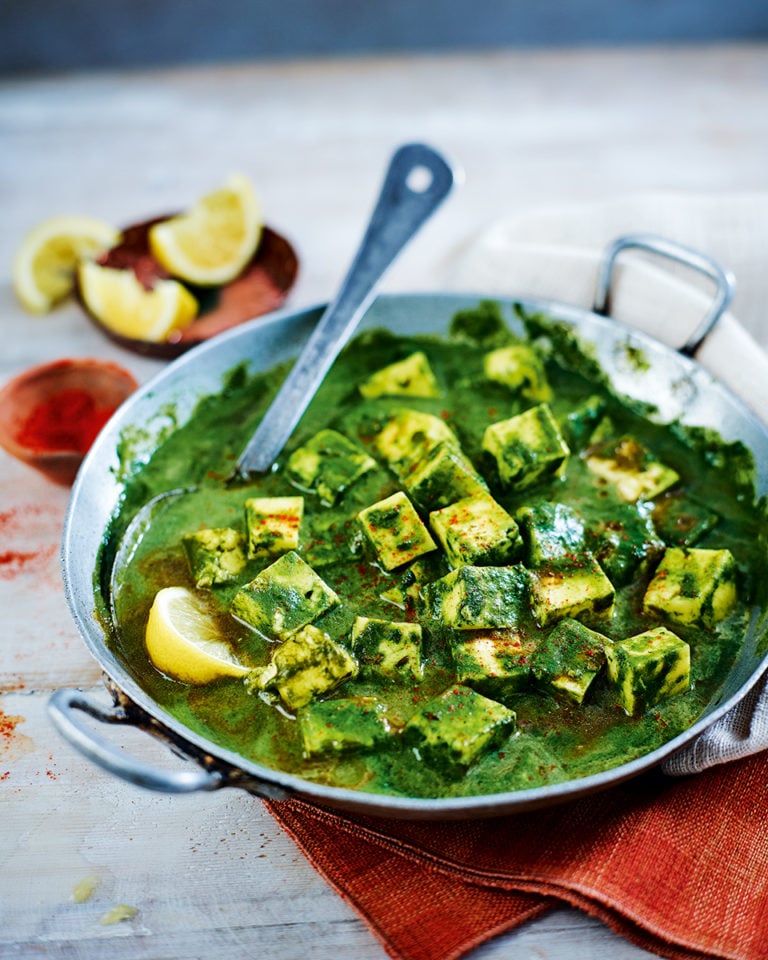
What is paneer cheese?
Paneer is a non-aged cheese commonly found in Indian, Bengali, Pakistani and Sri Lankan dishes, made with cow’s or buffalo milk. Mass produced versions are readily and cheaply available in British supermarkets, and the protein-rich cheese is ideal for cooking with. Paneer is popular in many South Asian preparations such as mattar paneer, shahi paneer, saag paneer and chilli paneer.
How to cook paneer cheese
The paneer available in British supermarkets is often dried out for preservation, making it tough and chewy rather than soft and supple (as it should be). The good news is that we have found a neat trick to make even the hardest block of cheese taste milky and sweet…
Take your paneer, cut it into cubes or batons, and then soak it for 15 to 20 minutes in boiling, salted water. This quick brine will impart flavour but crucially it will rehydrate and soften the cheese so that it takes on a tender texture which will see it soak up flavours far better. Try it!
When frying paneer, a non-stick pan is really helpful. Try not to turn the cheese before the sides have turned golden and crisp, or you might find it sticking to the pan.
How to make your own paneer
If you have a large amount of milk to use up (at least 2 pints but ideally 4 or 6), turn it into paneer! It will give you an extra 2 or 3 days to use what would otherwise be wasted.
Gently bring the milk to the boil in a large pan, stirring regularly to prevent it catching. Once boiling, add enough lemon juice to get it to split. Remove from the heat and allow to stand for 30 minutes – this will help the curds separate from the whey. Strain through a muslin-lined colander, catching the whey in a bowl. Twist the muslin to squeeze out any remaining liquid. Once cool, chill the curds, sitting a plate and something heavy like a tin of beans on top to press them down. After an hour you could stir-fry the paneer and it will crumble into a scrambled texture. Or leave it overnight so it’s firm enough to cut into cubes and fry.
Use the leftover cooled whey in smoothies for a natural protein boost, to cook your rice in for extra flavour, or in baking instead of buttermilk. You can even water your plants with it for some extra nutrients.
Our best paneer recipes
This all-in-one dinner takes the classic palak (spinach) paneer pairing and brings it together in a pulao. It’s an easy to follow two-step recipe, flavoured with garam masala and ginger, and we love it.
Ravinder Bhogal’s paneer gnudi
Gnudi are Italian dumplings made from ricotta and, in this clever recipe, Ravinder Bhogal has used paneer and parmesan. The dumplings are served on top of a ginger and cumin spiced saag and cavolo nero.
Anjum Anand’s kathi rolls are inspired by those found at New Delhi’s busy street markets. Paneer is the hero, and it’s marinated in yogurt, ginger, garlic, spices, tomato purée and chaat masala before being fried in its marinade and drizzled with herb chutney. To-die-for!
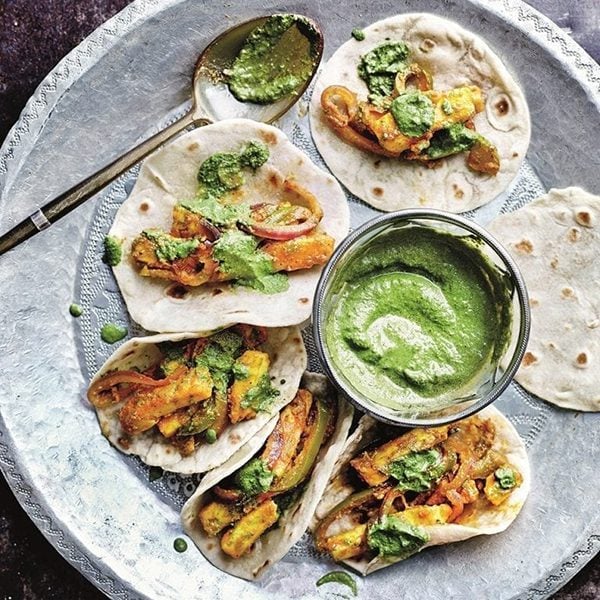
Tandoori paneer skewers with cucumber salad
Our tandoori paneer skewers give lamb kofte a run for their money. Charred until golden then served with a yogurty cucumber salad, you are going to love them.
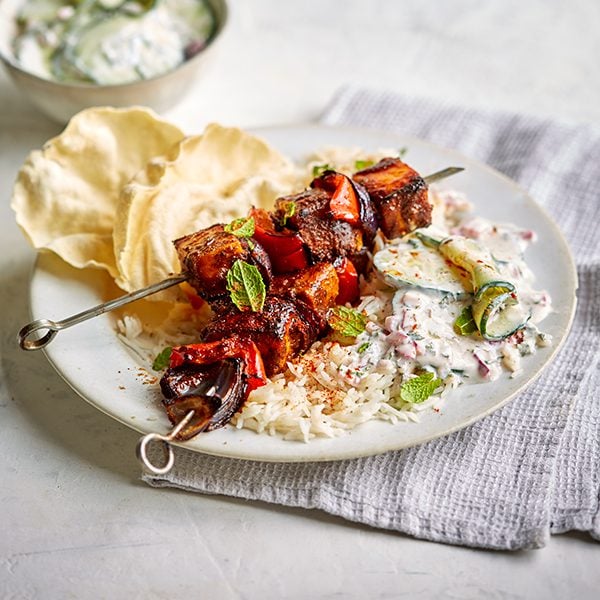
Rajma paneer combines kidney beans with the cheese, and it’s a homely, filling dish that’s good for you.
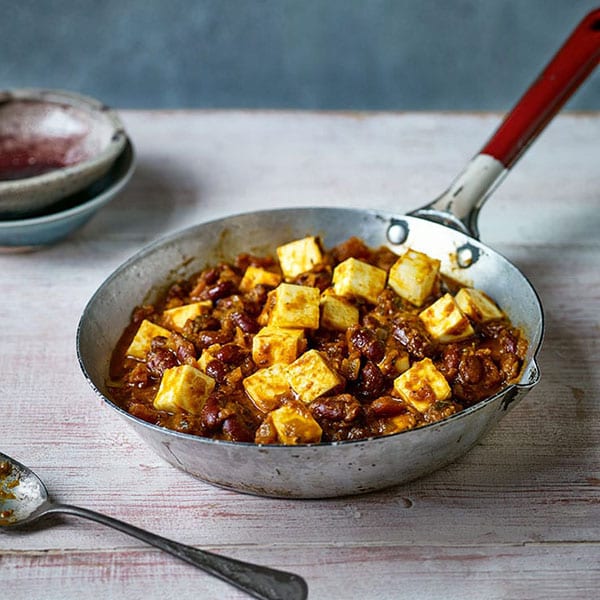
This potato and paneer curry is more proof (as if it were needed) that potato and cheese are great friends. It’s made with a bhuna curry paste which is a bit of a cheat, but means it’s ready in no time.
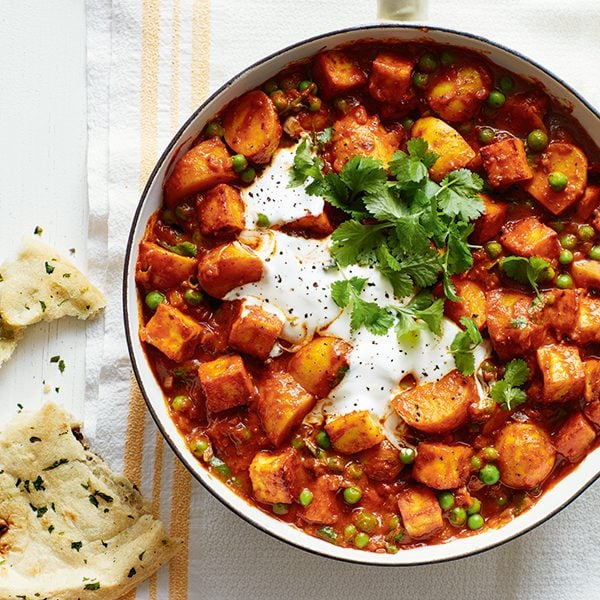
Mughlai cuisine developed during the Mughlai Empire and is known for its richness and use of dry fruits and nuts, as well as rich cream, milk and butter. This paneer kofta curry sees cheese, potato and nut dumplings (kofta) served in a rich creamy gravy.
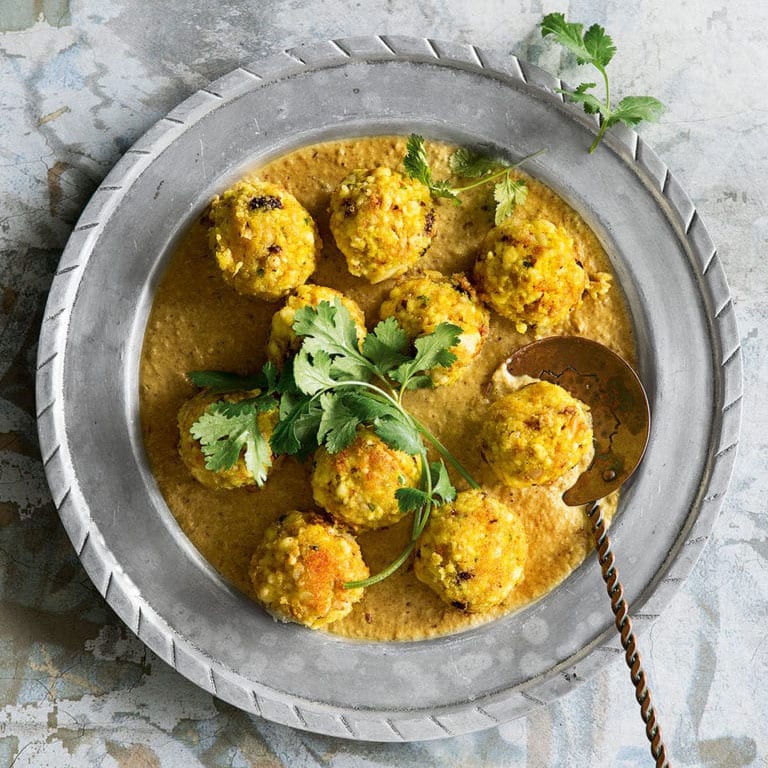
Bhurji means ‘mixed’ or ‘shuffled’ and a bhurji is often a scrambled egg dish. In this recipe however, Atul Kochar uses fresh paneer that’s flavoured with cumin seeds, green chilli and plenty of fresh coriander. Serve with breads for a comforting (and quick) dinner.
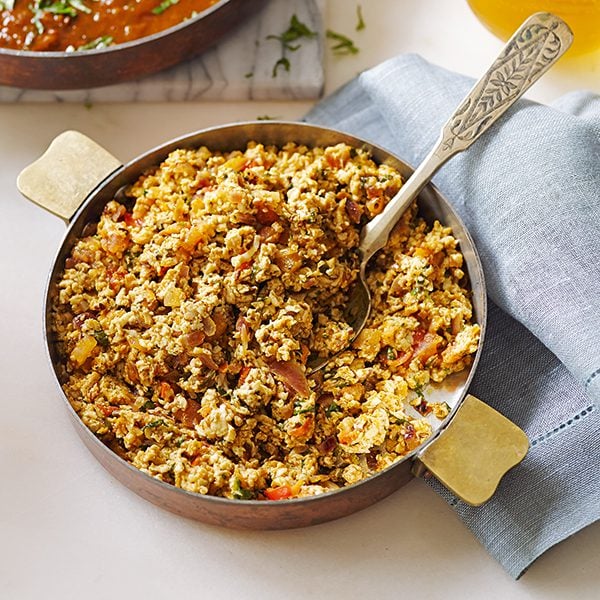
Brussels sprout stir fry with paneer and coconut
This easy dish takes inspiration from cabbage thoran – a Keralan stir-fried vegetable dish. We’ve used those famous mini cabbages – sprouts – in this recipe which seeds the cheese and brussels friedwith coconut and spices.
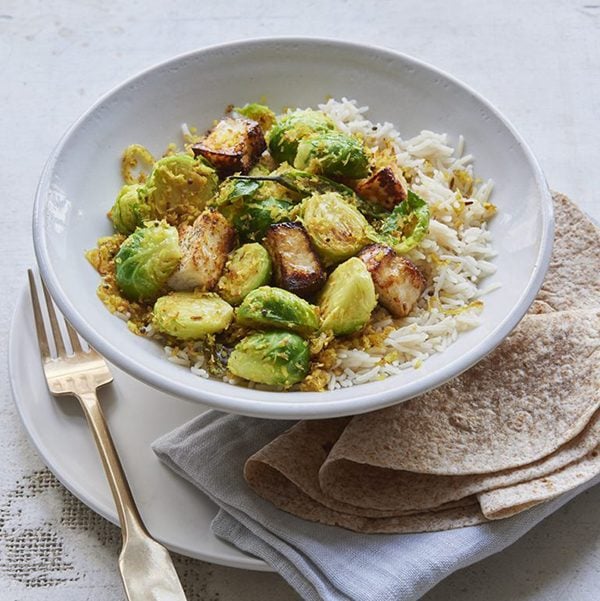
Saag paneer is a curry house classic, and Chetna Makan’s recipe does not disappoint. Kept simple with just cumin and chilli, the ingredients are all given room to sing. The paneer is gently simmered in the spinach gravy, making it extremely soft and comforting. A winner of a midweek dinner.
Mixing up Western food preparations with Indian spices is big on the subcontinent – as Seema Pankhania’s spiced pasta dish illustrates – and these naan pizzas are a great mashup. Kale and cauliflower offer vitamins and the paneer will keep you full.
Subscribe to our magazine
Food stories, skills and tested recipes, straight to your door... Enjoy 5 issues for just £5 with our special introductory offer.
Subscribe
Unleash your inner chef
Looking for inspiration? Receive the latest recipes with our newsletter
